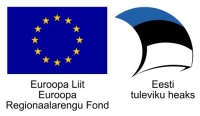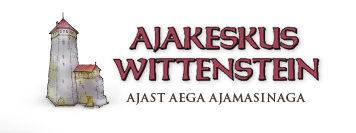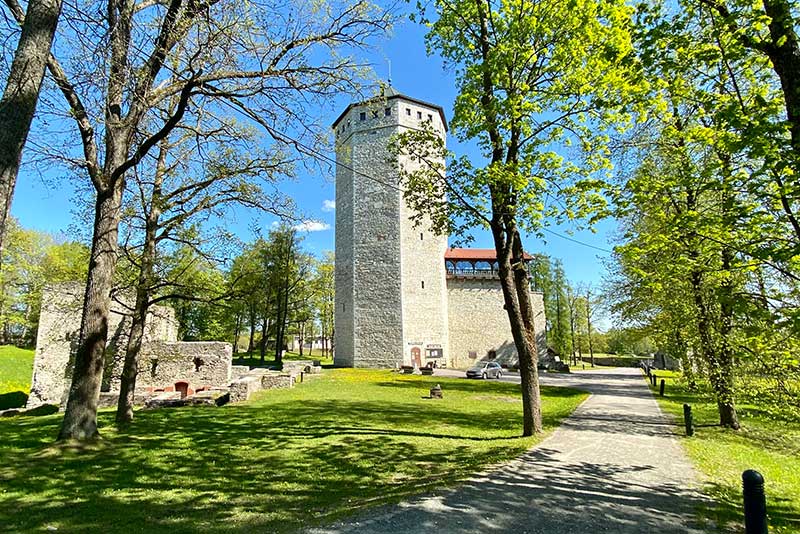Järva County is full of undiscovered gems to visit this summer. Starting with family-friendly parks and museums and ending with beautiful bogs and parks.
Driving between Tallinn and Tartu, you will pass the historic city of Paide (only 5 km from Mäo).
The most notable attraction in Paide is undoubtedly the Paide Castle Tower and the Wittenstein Time Center, where a time machine takes you on a humorous journey through 8 floors and 8 historical periods. Together with the Wittenstein Activity Museum, completed in 2022, it is a unique complex introducing Estonian history.
The Wittenstein Activity Museum introduces 19th-century life through exciting activities, objects and digital solutions.
On the way from Paide to Türi, you will find the Estonian Bicycle Museum, where you can see more than 100 different bicycles.
The Estonian spring capital Türi is located just 15 km from Paide and offers families the opportunity to test themselves by swinging between the trees at Türi Adventure Park or doing a radio show at the Estonian Broadcasting Museum. In the village of Poaka in Türi municipality, you can meet adorable alpacas at Wile Farm. In Estonia’s largest wildlife park, Toosikannu, you can meet hundreds of royal red deer.
The permanent exhibition of the Käru Museum in Käru features more than 200 prams and strollers from different eras.
When visiting Central Estonia, you can’t miss the fun Kilplaste theme park built in the former Müüsler manor park, the Estonian Dairy Museum in Imavere and the Järva-Jaani vanatehnika varjupaik, which offer the joy of discovery for all family members.
The museum of Estonia’s best-known literary classic Anton Hansen Tammsaare can be found in Vargamäe.
In addition, locals are proud of the Central Estonian manors, which can be found in different corners of Järva County. For example, in Kirna Manor, in addition to the beauty of the manor, you can also enjoy a magnificent tulip festival in the spring.
Among those interested in nature tourism, the Kakerdaja bog, with its many marshes and picturesque appearance, located in Järva Municipality, and the Norra-Oostriku spring area in the western part of the Endla conservation area are highly valued.


